So our Agony in the Garden tableau, completed by the Vecin Workshop in time for Holy Week 2005
would sit out the rest of its days in my aunts’ living room,
an ex-future and never-to-be Holy Week processional participant.
Or so we presumed. In late 2008 or nearly four years later, we received an inquiry – actually an outright invitation – from the old parish of San Ildefonso in the town center of Guiguinto, the neighboring parish to the south-west of our aunts’. Another parish had previously been spun-off from that parish, and some of the processional images that had previously participated there for Holy Week had joined the newer one, including their old Agony in the Garden. (Hmmm, déjà vu?) They were thus left without one in their line-up. Having heard that we had such a tableau that had never even gone out in procession, would we kindly consider allowing it to participate with them?
Would we? Do birds fly? Processional tableaux are meant for processioning, not sitting at home. It helped greatly that the parishioners there were ready, willing, and able to take charge of the physical aspects of the preparations and the procession itself, as my aunts already had their processional Santa Marta to manage, and our other family members had likewise acquired other Holy Week processional assignments in the intervening years. All we had to do was supply the tableau and its accouterments, and they would take it from there.
Including the carroza, I nearly forgot. In fact, it was still non-existent, as I quickly recalled that we had pulled the plug on its construction by the Vecin Workshop when the parish infored us in late 2004 that our tableau was not joining the procession after all.
So I quickly phones Mr. Kiko Vecin with the good news, that the tableau was finally going out in procession the following Holy Week, and with the bad news, that he would have to get to work fast to build a carroza for it. Fortunately, he still had all the old plans for the unbuilt carroza from five years ago, so it was a straightforward matter of getting the wood and the carpenters and carvers together.
By late March 2009, the wooden carroza body was fully carved and mounted on its chassis.
Would we? Do birds fly? Processional tableaux are meant for processioning, not sitting at home. It helped greatly that the parishioners there were ready, willing, and able to take charge of the physical aspects of the preparations and the procession itself, as my aunts already had their processional Santa Marta to manage, and our other family members had likewise acquired other Holy Week processional assignments in the intervening years. All we had to do was supply the tableau and its accouterments, and they would take it from there.
Including the carroza, I nearly forgot. In fact, it was still non-existent, as I quickly recalled that we had pulled the plug on its construction by the Vecin Workshop when the parish infored us in late 2004 that our tableau was not joining the procession after all.
So I quickly phones Mr. Kiko Vecin with the good news, that the tableau was finally going out in procession the following Holy Week, and with the bad news, that he would have to get to work fast to build a carroza for it. Fortunately, he still had all the old plans for the unbuilt carroza from five years ago, so it was a straightforward matter of getting the wood and the carpenters and carvers together.
By late March 2009, the wooden carroza body was fully carved and mounted on its chassis.
It was a vaguely-scaled-down version of the carroza of our family’s Pagkarapâ (Fall of Christ) in Caingin, San Rafael, Bulacan, which the Vecin Workshop had completed for Holy Week 2007. Like that one, this carroza had delicate low-relief carvings and a prominent JHS monogram on all four sides.
It just had to be sanded and primed before its final finishing.
On April 4th, the day before Palm Sunday, Mr. Vecin and his gang got to work on setting up the images, now in its temporary home – the residence of the sponsor-parishioner in the tableau’s new host parish.
We had picked up the heads and bodies from my aunts’ in the home parish, and reunited them after so many years.
Thankfully the images seemed to be in pristine condition – unsurprising since they never even got to inhale the fumes of a processional candle.
Also lending a hand on this historic day was Ramon Gutierrez, the Vecin Workshop's resident santo-garments-maker and -dresser, here seen assisting Mr. Vecin in garbing the Archangel Gabriel.
Also lending a hand on this historic day was Ramon Gutierrez, the Vecin Workshop's resident santo-garments-maker and -dresser, here seen assisting Mr. Vecin in garbing the Archangel Gabriel.
The Angel, which had been confined to close quarters for four years, was finally getting its wings back
and the Christ was to wear its original processional garments again after a long while.
In just about half an hour, both images had been completely reconstituted as they had been four years previously.
The next phase was to work on the carroza, which was parked a couple of blocks away in the garage of another host-parishioner. While Mr. Vecin’s team mounted the light poles and other electrical fixtures,
the Christ knelt patiently nearby,
and the Angel was diligently attended to by Dardo de la Cruz, another of the Vecin Workshop’s santo dressers and also its in-house carroza decorator.
A short while later, the Christ was ready for mounting,
joined quickly by the Angel.
The next phase was the actual carroza decoration. For this, we had to move to a third location in this host parish, to a motor vehicle repair shop along MacArthur Highway that had kindly agreed to provide garaging services, as both the two previous locations had ceilings that were not tall enough for the tableau mounted on its carroza. So off we went.
This was also a good opportunity for a carroza test drive before the actual procession a few days later.
Once it was securely parked in the garage,
Dardo could now get on with decorating the carroza, for which we had previously obtained the appropriate silk flowers and leaves from Divisoria.
As we had to move on to setting up our Holy Week processional tableaux in other Bulacan parishes, we left Dardo onsite on that day. I did not get to see the results until some days later, on Holy Thursday, after it had already gone out in procession once before, on the previous evening of Holy Wednesday.
As we had to move on to setting up our Holy Week processional tableaux in other Bulacan parishes, we left Dardo onsite on that day. I did not get to see the results until some days later, on Holy Thursday, after it had already gone out in procession once before, on the previous evening of Holy Wednesday.
The foliage was approximately garden-like, though I'm not sure if Gethsemane really looked like this.
The red carroza skirting, the standard one supplied by the Vecin Workshop, set off the rest of the ensemble nicely.
But the focus was clearly the tableau’s images of Christ and the Angel.
Pity that we were not able to attend either of its two processional outings – its first ever – because of our processional commitments elsewhere. We’ll just squint and imagine that it’s a dark night and the carroza’s lights are lit.
- - - - - - - -
To partly compensate for my family's anticipated absence during the processions, the host parish had generously given us advance copies of their printed Holy Week programme, which I must say was very well-produced indeed. The Agony in the Garden was listed fifth in the Holy Wednesday processional line-up.
and twelfth in the slightly-reformatted Good Friday one, which had two parts.
- - - - - - -
Just as we were beginning to doubt if this Agony in the Garden tableau actually went out in procession - perhaps this was all an elaborate practical joke to make us feel better and let us believe that it had actually joined the processions? - the sponsor-parishioner in the host parish emailed us some photos taken before and during the actual processions.
These were presumably taken in the late afternoon of Good Friday, on the way to the church, right before the procession.
And these next ones were taken during the procession itself.
The devotees apparently came in sufficiently large numbers to support this tableau, merely an invited guest from another parish.
Some of the parishioners were appropriately over-dressed for this most devotional of evenings.
The processional tableau’s silhouette could be clearly made out against the dark evening sky,
and even in the distance.
(But perhaps not with uncorrected astigmatism.)
And finally, here are actual views without having to squint and imagine the carroza lights turned on against an evening sky.
So this Agony in the Garden had finally come out in procession after all. Unless those photos were just photoshopped and the people in them merely actors.
- - - - - - -
A few weeks later, it was time to pack away everything. Our hosts had already disassembled the images, with the bodies kept away in a storeroom in a corner of their home, and the carroza parked and covered in their own garage.
I only had to take the heads of the Christ and the Angel, now back on their torsos, and strap them to the seats of my van
and take them back to my aunts’ home in the neighboring parish, where they will be positioned as before for year-round veneration in their living room,
and await to be fetched by its hosts in the neighboring parish the following Holy Week, and those after that.
Unless somebody gives up the ruse with the photoshopped pictures and the actors.
Originally published on 24 October 2010. All text and photos (except as otherwise attributed) copyright ©2010 by Leo D Cloma. The moral right of Leo D Cloma to be identified as the author of this work had been asserted.
Unless somebody gives up the ruse with the photoshopped pictures and the actors.
Originally published on 24 October 2010. All text and photos (except as otherwise attributed) copyright ©2010 by Leo D Cloma. The moral right of Leo D Cloma to be identified as the author of this work had been asserted.
Original comments:
victorancheta wrote on Oct 25, '10
increible. after all these years, their purpose has been met. congratulations to your family and to the parish of san ildefonso.
|
johnada wrote on Oct 25, '10
What a great parish to seek out your tableau. It is such a good composition and staging. The outstreched wings looks wonderful. What I like in the decor for this tableau is to but a big branch or trunk of a tree for it as it looks more "gethesemane-like". Leo, do you know if olive trees would grow in our country?
|
arcastro57 wrote on Oct 25, '10
Lucky to find your Agony! And I like how the figures are disassembled for safekeeping, displayable pa rin!
|
rally65 wrote on Oct 25, '10
If we didn't get this invite, we might have eventually plotted to evict some other tableau instead. Ha ha ha.
|
rally65 wrote on Oct 25, '10
Not sure about olive trees -- I would think that they would, since they grow around the Mediterranean, and some parts of the Philippines have a similar climate. But then I have not heard of any actually being grown here. Maybe excessive rainfall is adverse to it?
|
rally65 wrote on Oct 25, '10
With the prospect of being permanently homebound, this tableau definitely had to be set up for indoor display -- but without the bulk of the full bodies, bases, and angel's wings.
|
jamaica1ph wrote on Oct 26, '10
Leo, if God closes the door, He opens a window.
Your family's generosity in sharing the tableau for public veneration is heart warming, may it returned a thousand fold. God Bless! |
rally65 wrote on Oct 27, '10
Well, we were never really in doubt that it would eventually come out in procession somewhere, some time!
Our family has, over the past few years, worked to make our images available for processional veneration in the communities in which we live. One could say that it has evolved to become our family apostolate. |
johnada wrote on Oct 31, '10
Leo, what do you think of colored wings? Several portrayals of angels have colored wings like Fra Angelico's and the Guadalupe tilma. Do you think it is too much?
|
rally65 wrote on Oct 31, '10
I don't think colored wings work for processional images, which have to look as realistic as possible.
Since angels' wings are presumably made of feathers too (or at least that's how classical sculpture always depicts them, like those of winged Greek and Roman gods), they should probably not be colored. |
antigualla wrote on Oct 31, '10
There! See! It was meant for that old parish after all. Hehehe. Congratulations for another beautiful Paso, Leo. I hope you could already buy/build your dream ancestral house and chapel so you can have all your Pasos displayed for year long veneration.
|
rally65 wrote on Oct 31, '10
Thanks for the appreciation, Louie.
And as we Tagalogs say, "Mag-dilang-anghel ka sana!" |
antigualla wrote on Nov 3, '10
Leo, check out my flickr and FB photos of the ancestral houses I saw and photographed in Silay City. Awesome!
|

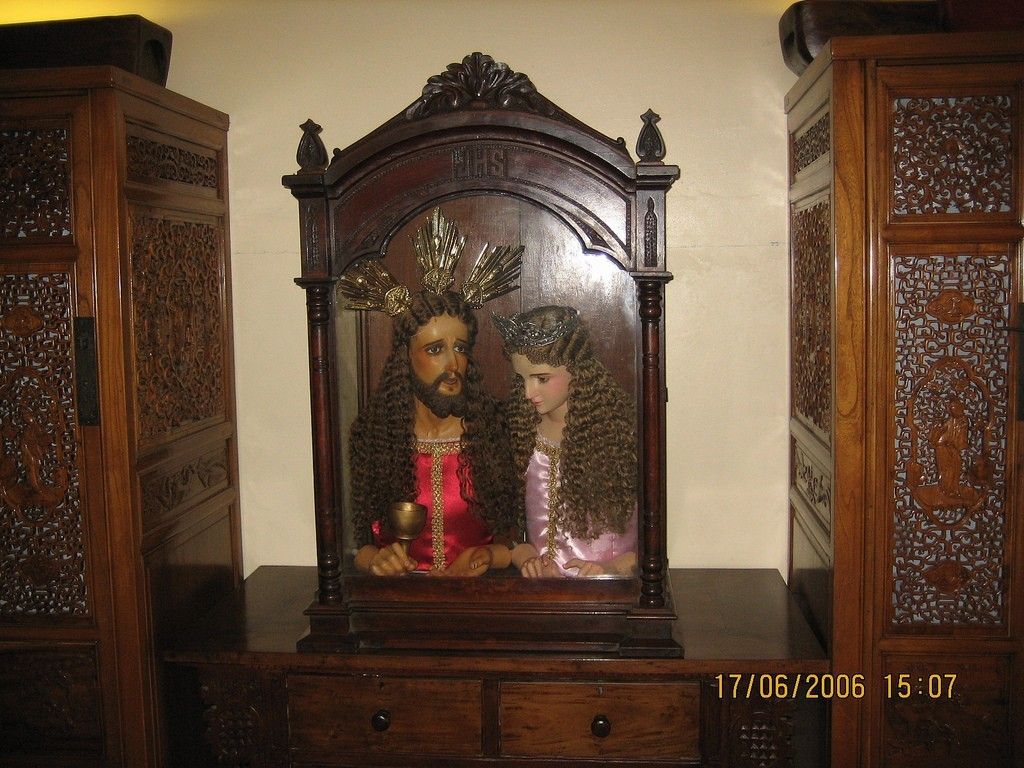
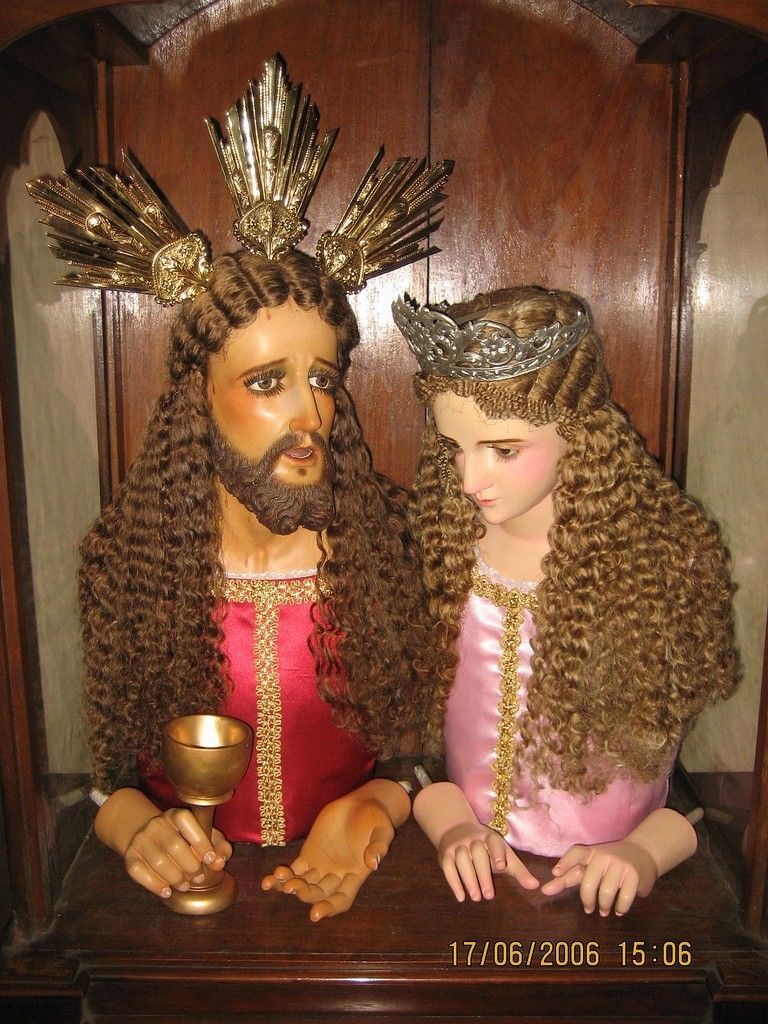





































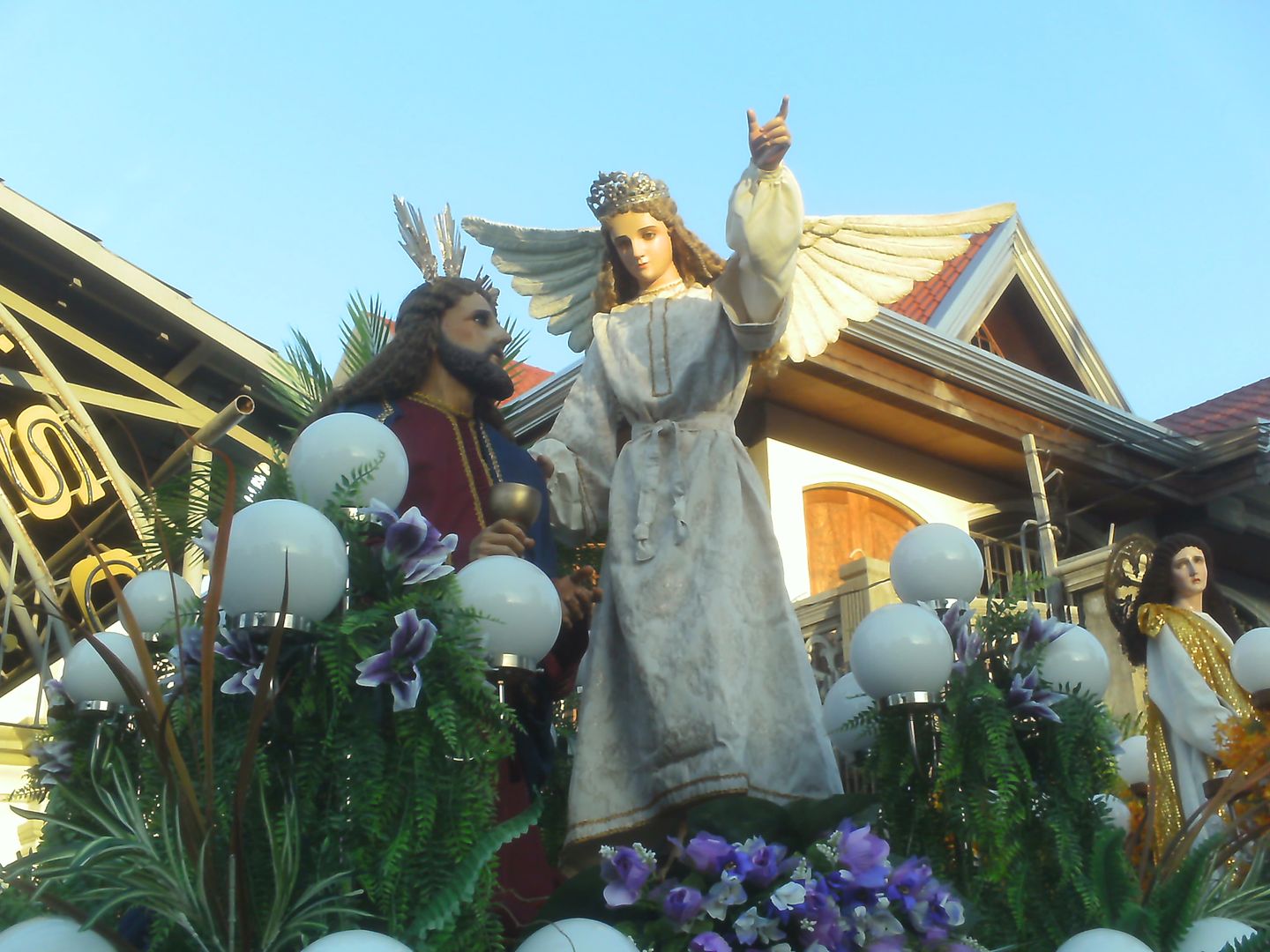
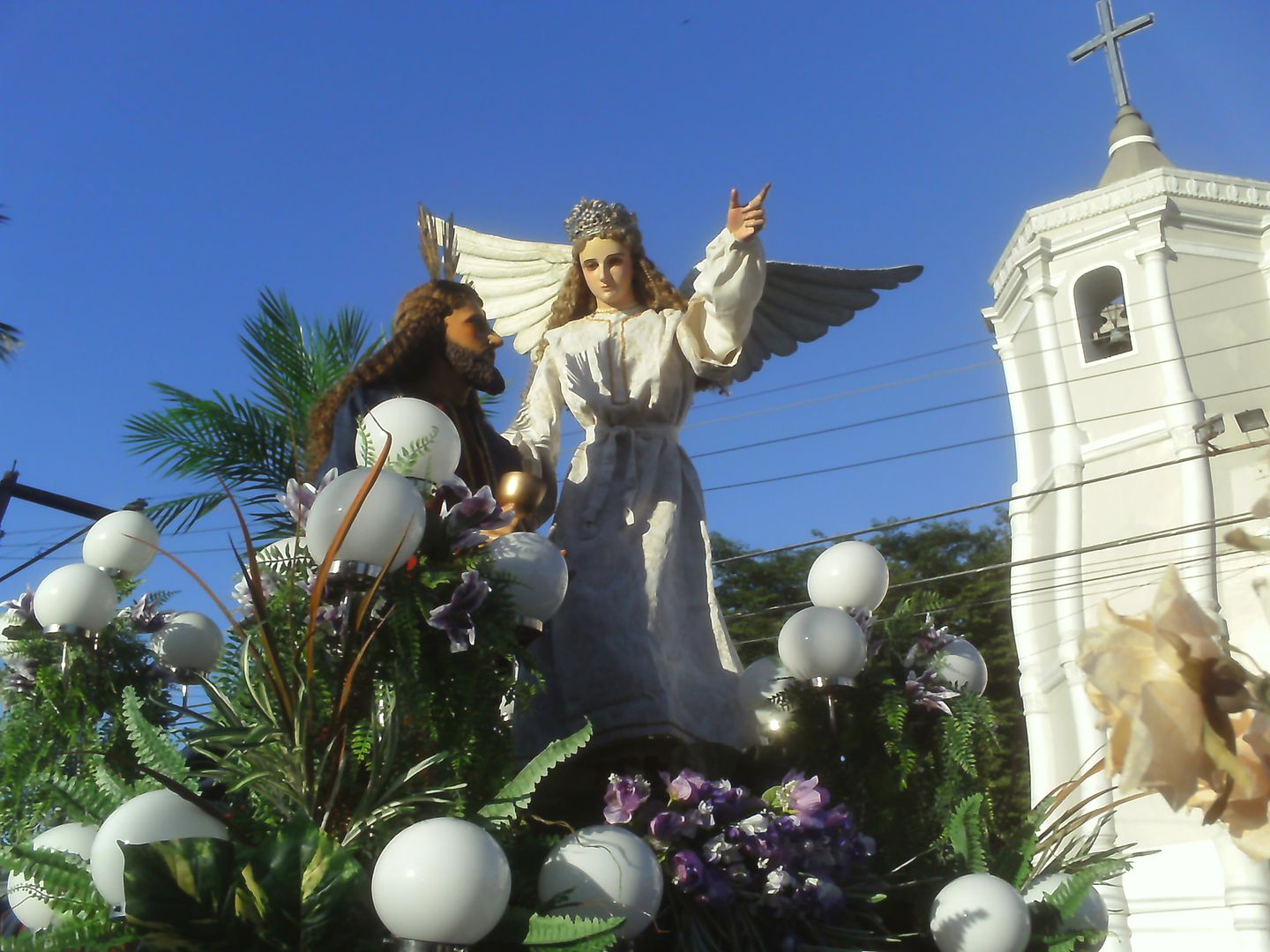
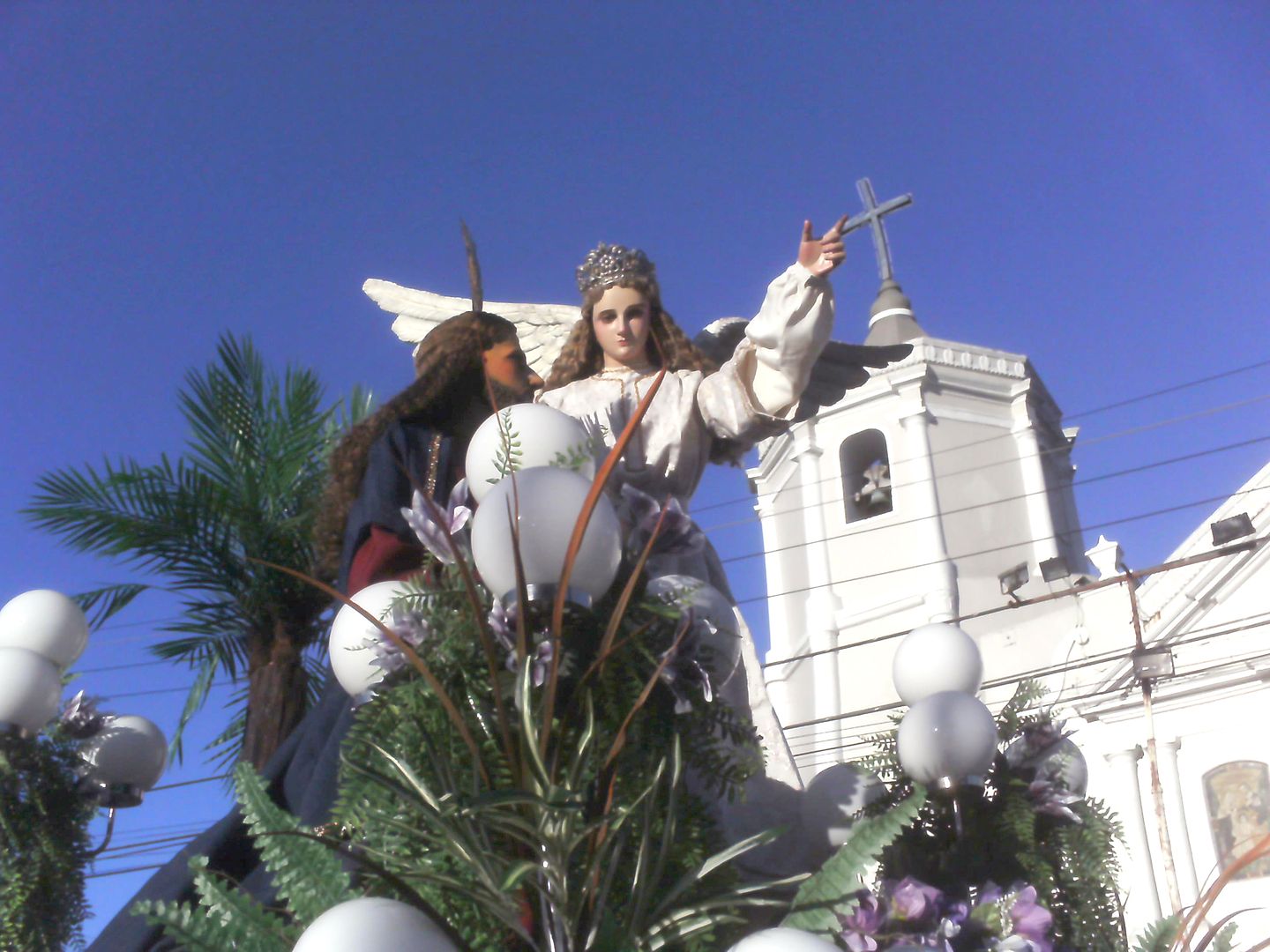
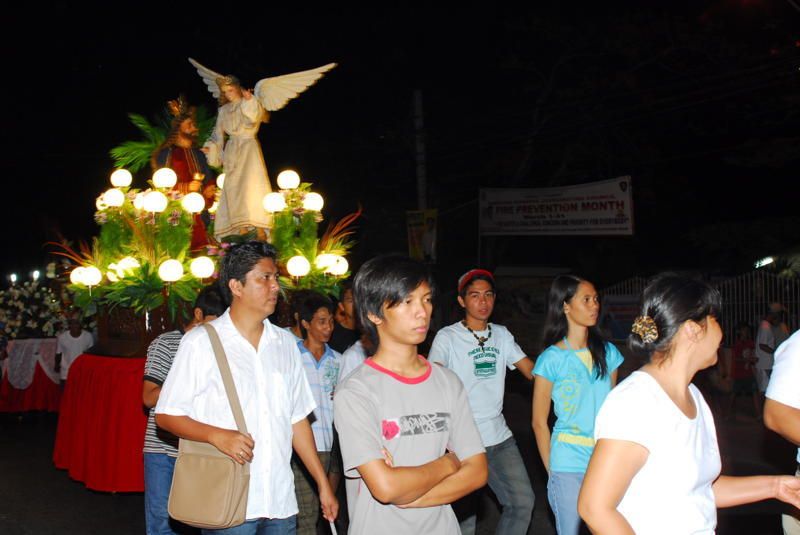
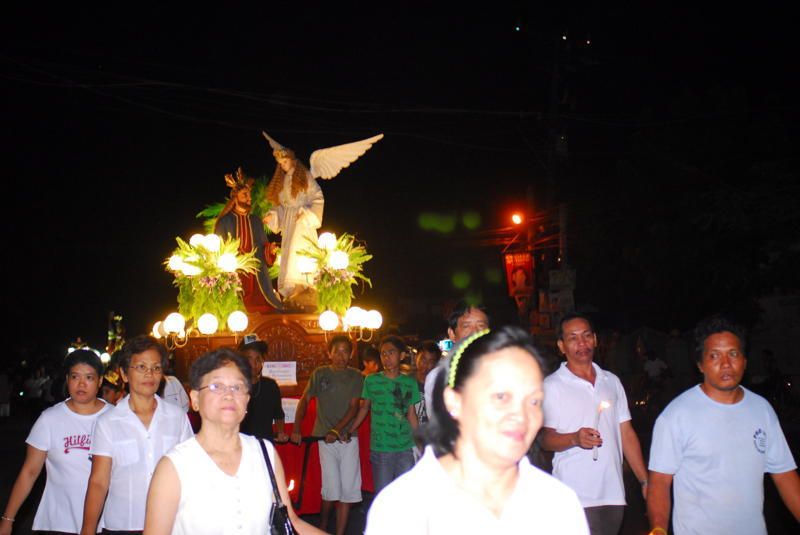
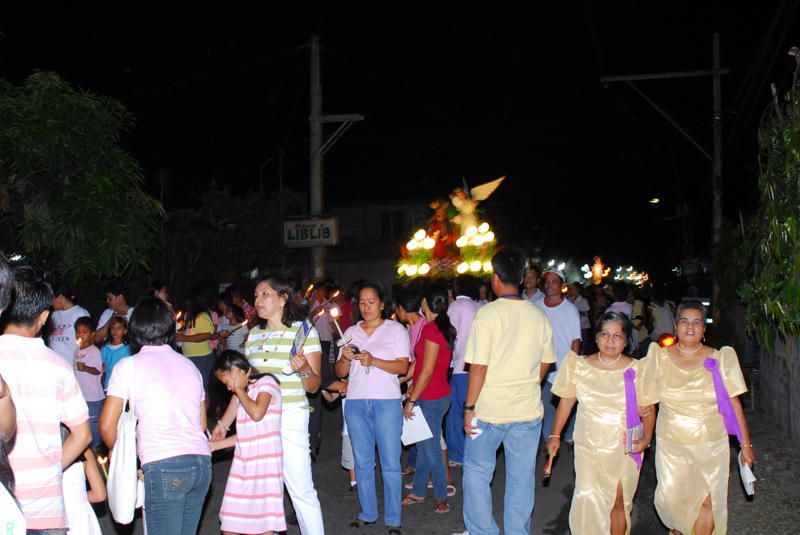

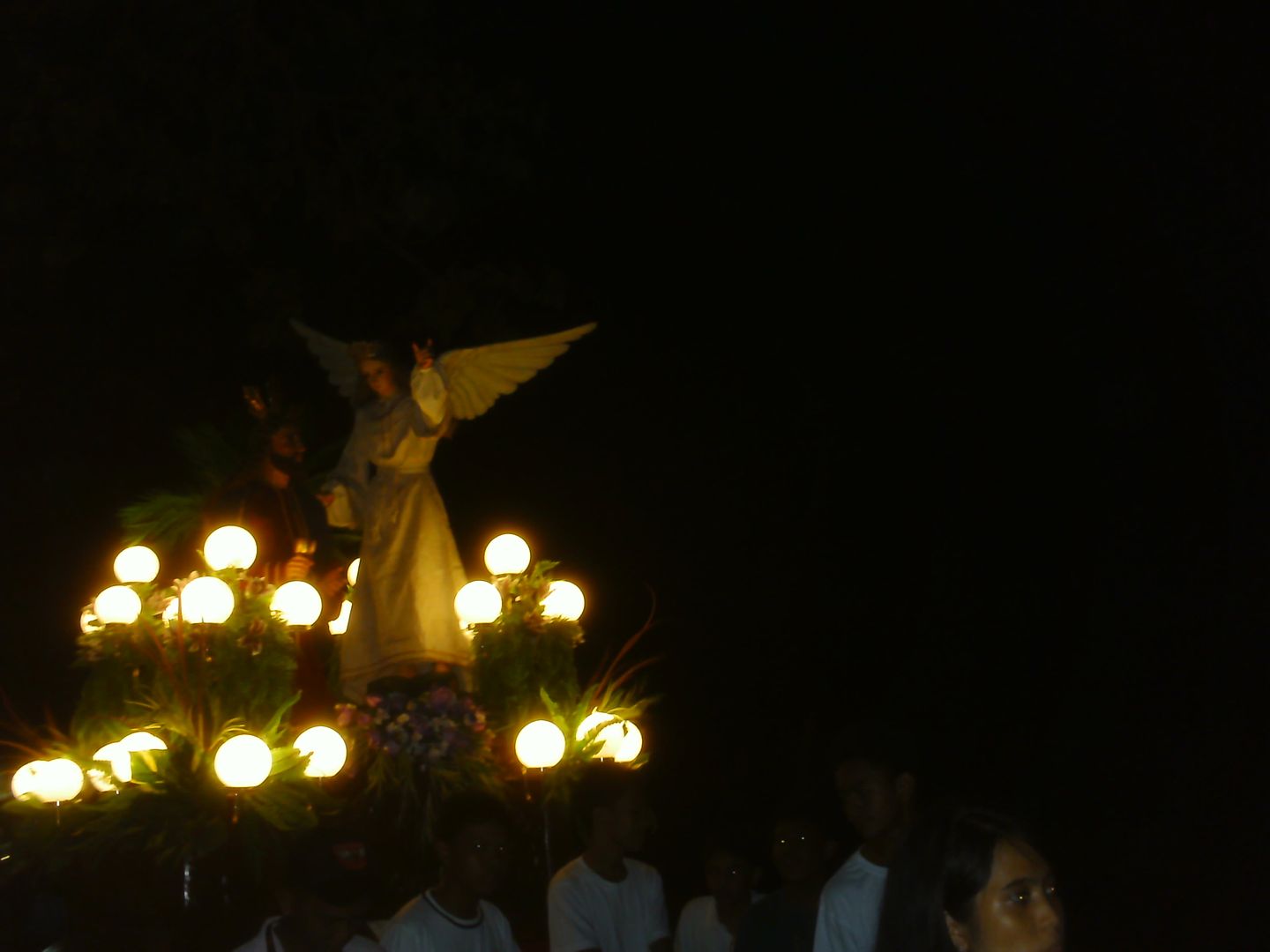
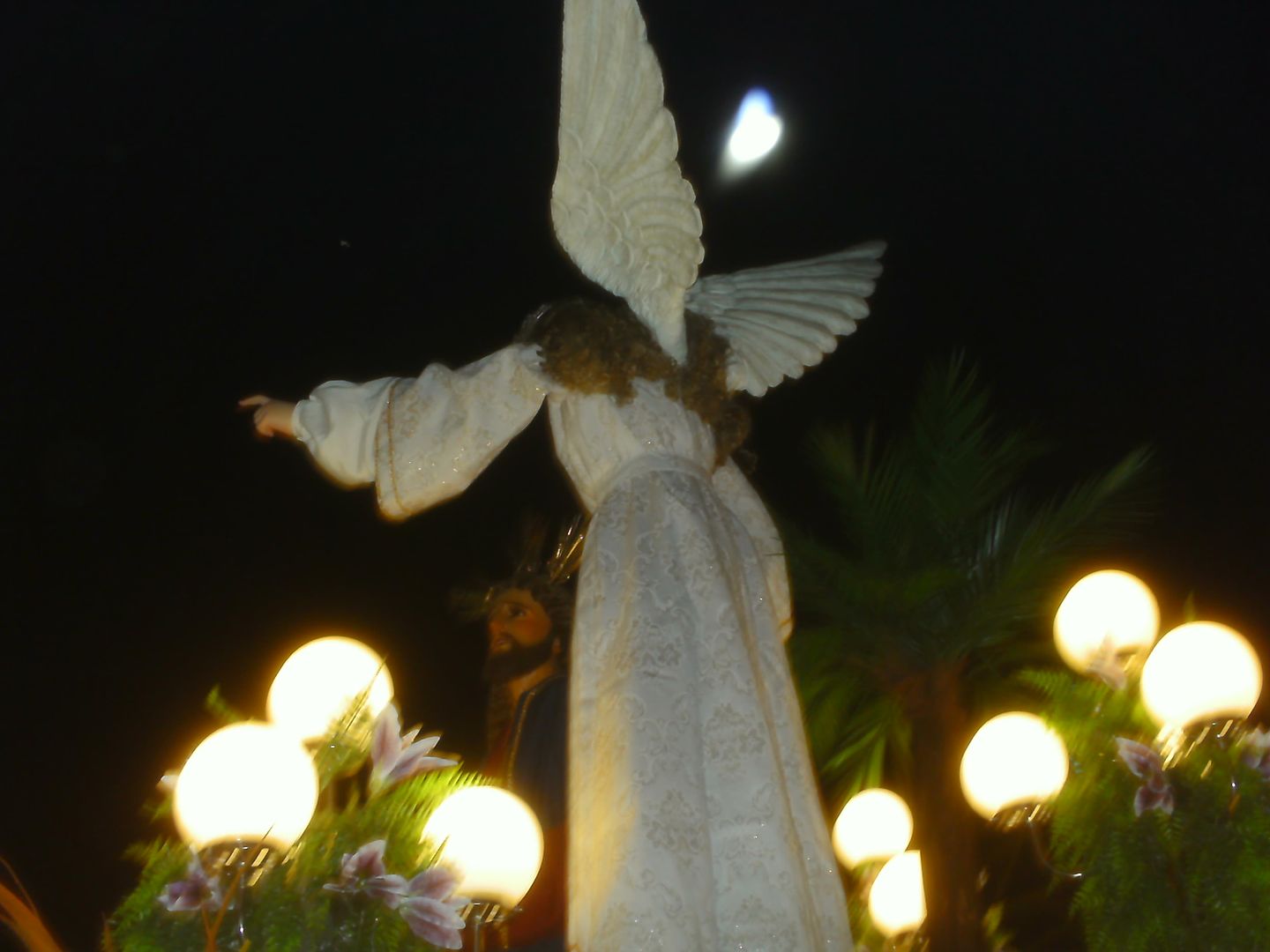
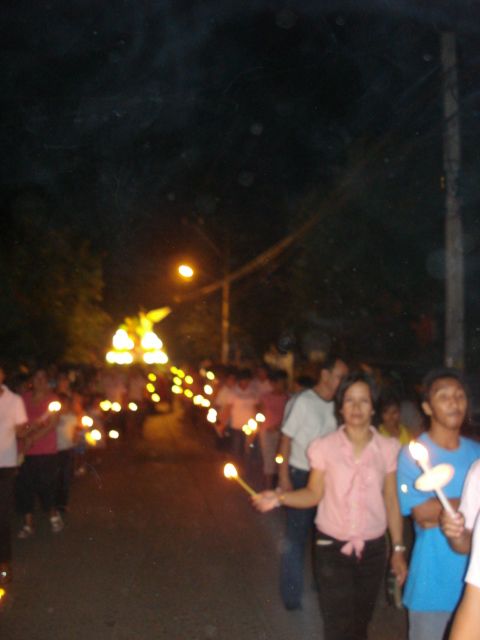
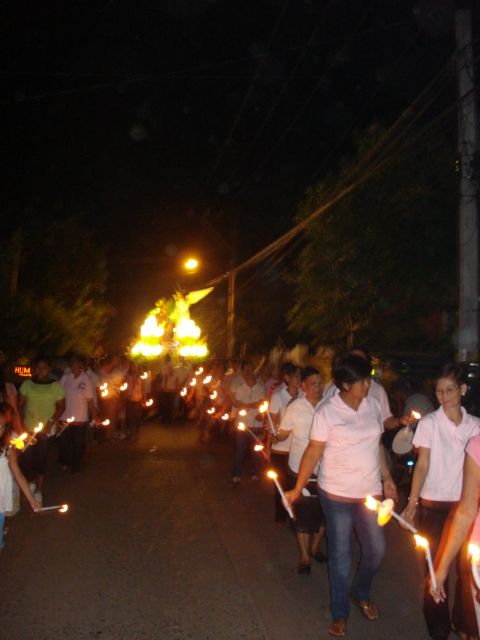
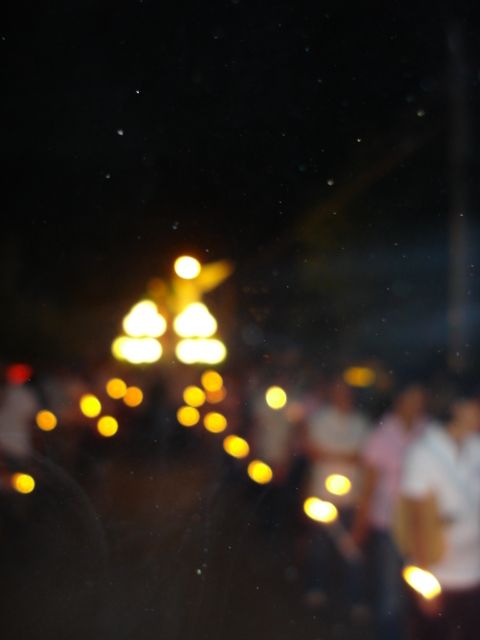
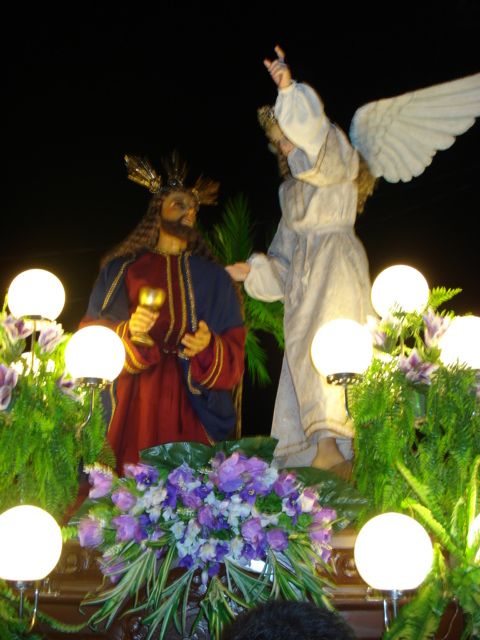
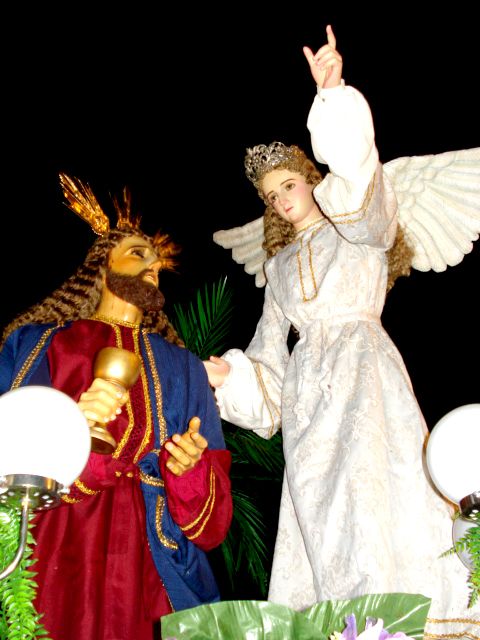



No comments:
Post a Comment